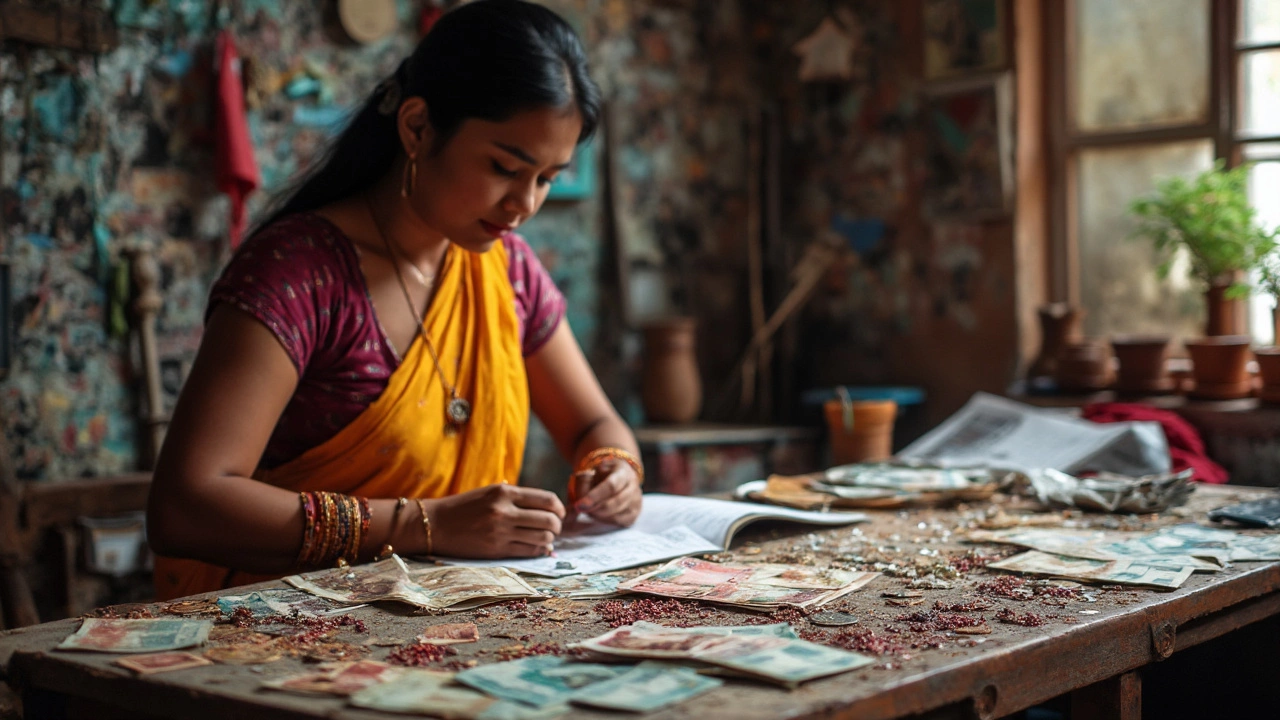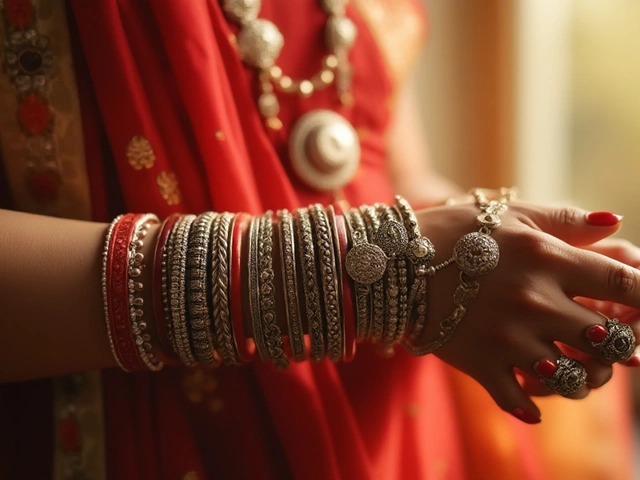Legality in Indian Jewellery: What Every Buyer Needs to Know
When you shop for gold, silver or precious stones, the first thing to check is whether the piece complies with Indian law. Legal markings protect you from fake items and help you estimate the real value. This guide pulls together the most common legal stamps you’ll see on Indian jewellery and gives you quick tips to verify them.
Key Hallmarks and What They Mean
875 (21K) Gold – The number 875 tells you the piece is 21‑karat gold, meaning 87.5% pure gold. In India the Bureau of Indian Standards (BIS) requires a tiny hallmarked circle with the number 875 and the BIS logo. If you see just a random stamp without the BIS seal, treat it with caution.
833 Silver – Silver jewellery often carries the 833 stamp, indicating 83.3% purity (commonly called “sterling silver”). Look for the BIS mark or a reputable silver hallmarker’s logo. A missing or smudged stamp can be a red flag.
Other Gold Marks – You’ll also find 916 (22K gold), 750 (18K gold) or 585 (14K gold). The same rule applies: a BIS‑approved hallmarked circle should accompany the numeric purity mark.
How to Verify Hallmarks on the Spot
First, examine the back or inside of the piece. Legal hallmarks are usually a small circle about 2 mm in diameter. Use a magnifying glass if you have one – the letters are tiny but crisp when genuine.
Second, do a simple weight‑to‑size test. Pure gold feels heavier than a similarly sized piece of copper or brass. If the item feels unusually light for its size, double‑check the hallmark.
Third, try the magnet test. Gold and silver are non‑magnetic, so a strong magnet should not stick. If it does, you probably have a base‑metal core with a thin gold or silver plating.
Finally, keep a record of the hallmark code. You can cross‑reference it on the BIS website or ask a certified jeweller to verify the stamp’s authenticity.
Following these steps saves you from costly mistakes, especially when buying from street markets or online sellers who might skip proper stamping to cut costs.
Legal Responsibilities for Sellers and Buyers
Indian law mandates that any gold or silver item above a certain weight must carry a BIS hallmark. Sellers who ignore this can face fines and legal action. As a buyer, ask for a Hallmark Certificate – a short document that lists the purity, weight and hallmark details. reputable stores provide it automatically.
If you’re unsure, request a Hallmark verification from a nearby BIS‑approved lab. The service costs a few hundred rupees but can prevent a future loss of thousands.
Remember, the hallmark isn’t just a decorative mark; it’s a legal guarantee of purity and quality. Treat it like a receipt for your investment.
By knowing what each stamp stands for and how to test it, you turn a regular jewellery purchase into a confident, legally‑sound decision. Keep this guide handy next time you’re in a market or browsing online – it’ll help you spot genuine pieces and avoid costly fakes.
Is it Illegal to Make Jewelry Out of Money?
Turning money into jewelry sounds intriguing, but it raises a lot of questions about legality. This article explores whether it's legal to use currency for making jewelry, covering different regulations across the world. Dive into the nuances around defacing currency, curious stories of money-made jewelry, and practical tips for those interested in this unique craft. Explore the creative potential while staying informed about the law.
Is It Legal to Carry a Kirpan? Global Laws You Should Know
The Kirpan, a ceremonial dagger carried by Sikhs, raises questions about its legality worldwide. Laws differ significantly across countries, ranging from restrictions in public spaces to exemptions for religious reasons. Understanding these legal frameworks is vital for Sikhs practicing their faith. This article explores how different nations address the carrying of a Kirpan, providing useful insights for anyone navigating these regulations.
Kirpan: Legal Guidelines Across the Globe
The Kirpan is an important spiritual symbol in Sikhism, symbolizing ethics and the fight against injustice. However, its legal status varies around the world, with countries differing in their approach to religious freedom and public safety. This article explores these legal frameworks, offering a helpful guide for Sikhs and global travelers. Understanding Kirpan laws can prevent legal complications while respecting religious traditions.







